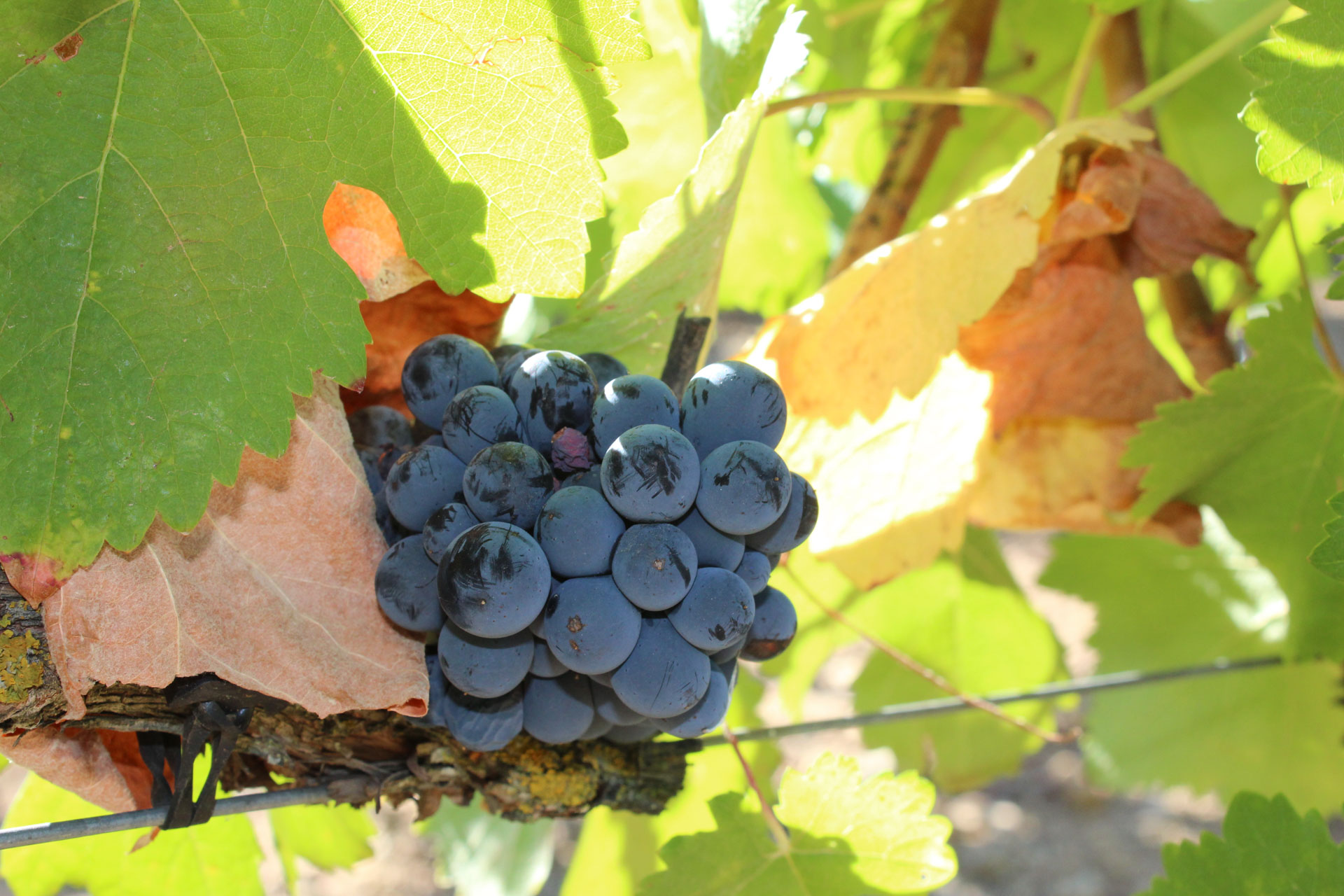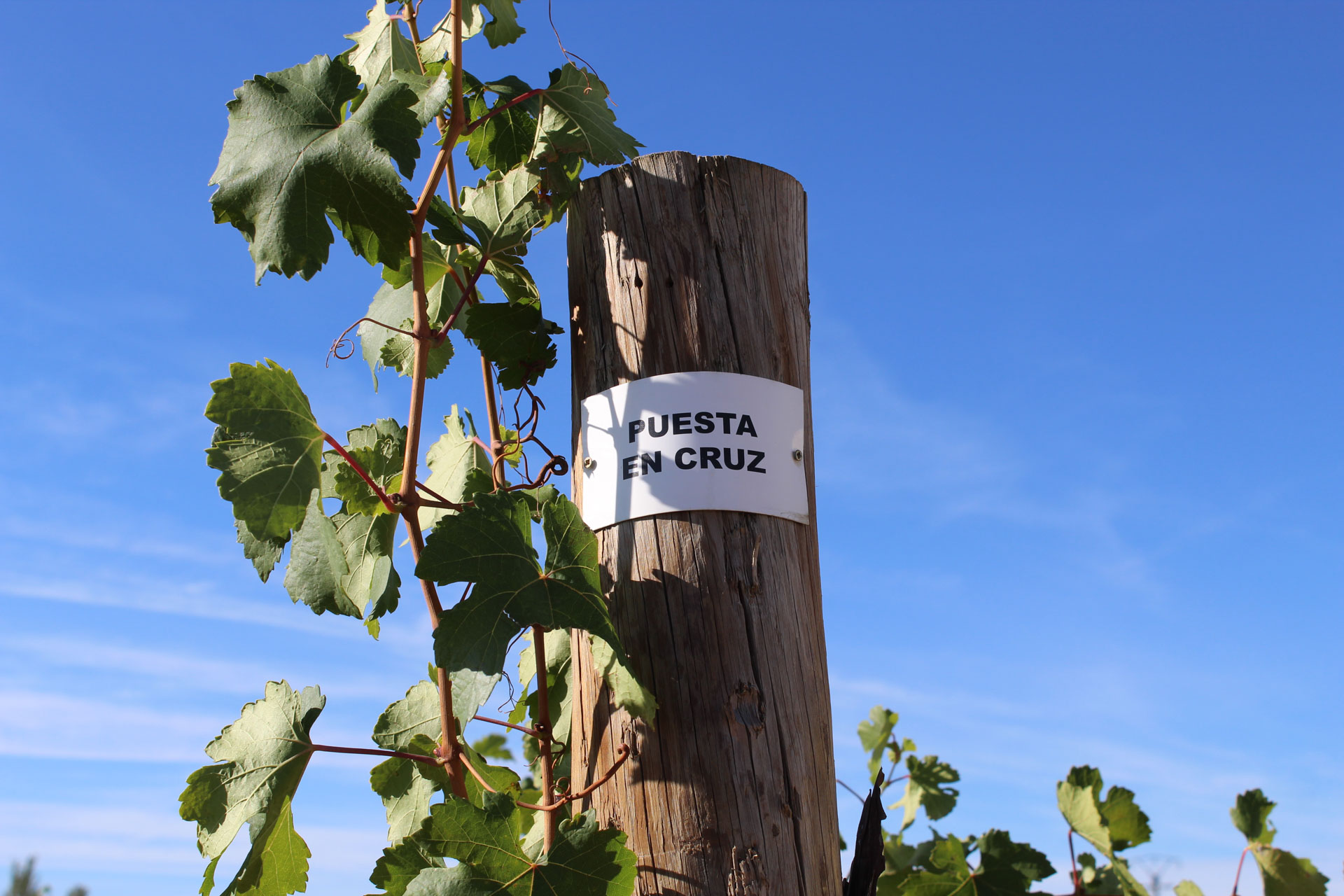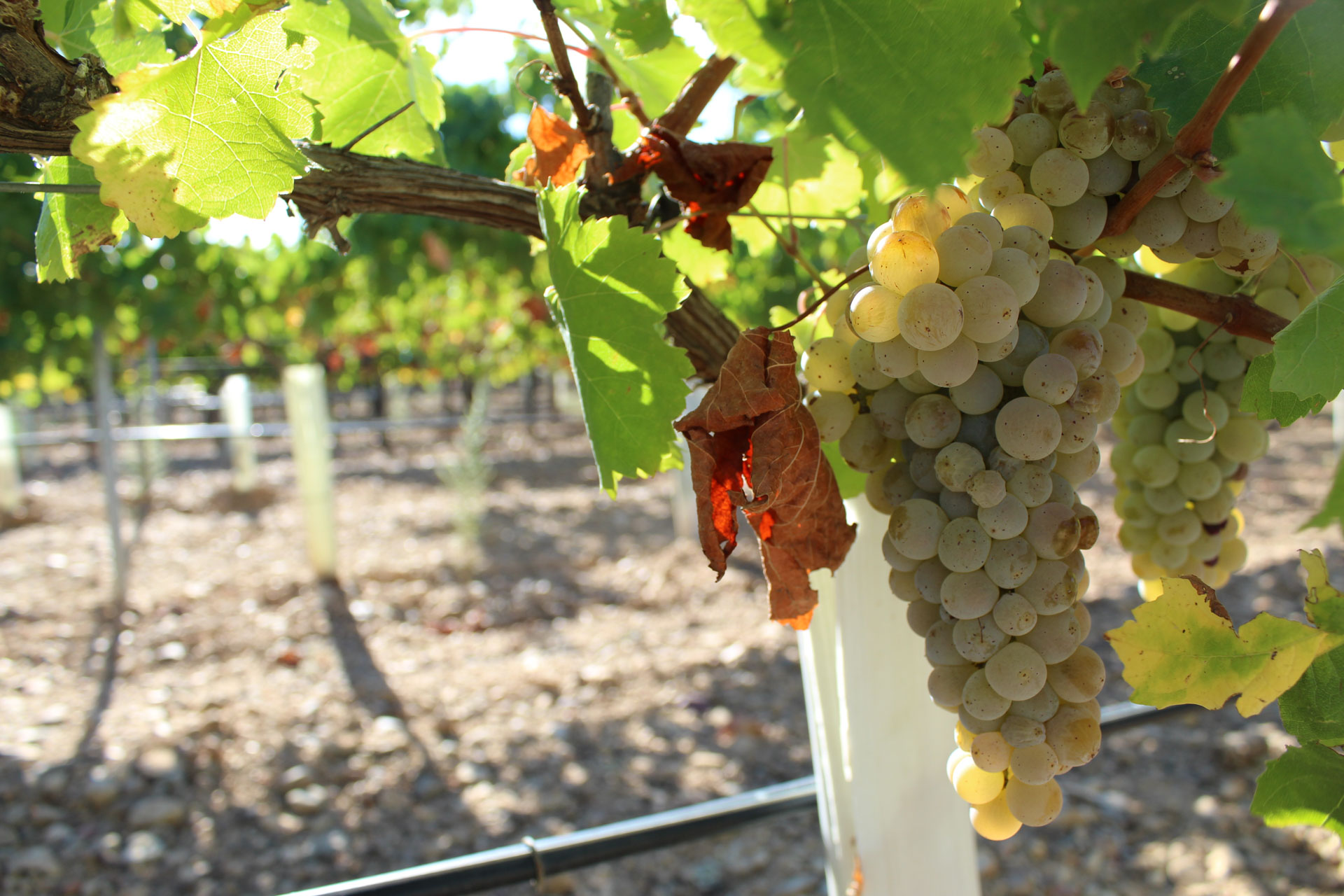We start with 21 grape varieties
Single-varietal wines are produced from these varieties, meaning, wines made from a single grape variety. The grapes, musts, and wines are characterized by traditional chemical methods, but also using innovative analysis techniques such as electronic noses and bioelectronic tongues that use the latest sensors and nanosensors to obtain advanced information on these grape varieties.
Red grape
Tinta gorda
Bastardo
Cornifesto
Marufo
Tinto Cao
Rufete
Jaen
Estaladiña
Merenzao
Bruñal
Tinto Jeromo
Mandón
Piñonera
Cenicienta
White grape
Bical
Samarrinho
Boal
Puesta en Cruz
Bastardo branco
Rufete Serrano Blanco
Pink grape
Tijonera

Why are these grape varieties so unknown?
Minority varieties are those existing prior to the phylloxera attack that devastated Europe at the end of the 19th century and caused the disappearance of many varieties of Vitis vinifera L. cultivated until then. In recent decades, production has been dominated by a few well-known varieties, thus meaning a great lost of biodiversity. According to the International Organization of Vine and Wine (OIV), thirteen varieties monopolize one-third of the global area dedicated to vineyards. For example, in Spain, the Tempranillo and Airén varieties represent 42% of the total vineyard area.
Minority varieties are scattered in old vineyards, mixed with other more widespread and well-known varieties that have overshadowed them. They were traditionally in disuse because many of them did not complete their vegetative cycle properly, meaning they did not ripen well, which has led them to be in danger of extinction. However, in the last fifteen years, due to adverse weather conditions characterised by high summer temperatures (heat waves) and scarce rainfall during the vegetative cycle, it has been proven that these varieties can complete their vegetative cycle, showing very good and balanced ripening rates.
Why is it vitally important to recover them and highlight their value?
These varieties show unique organoleptic characteristics, flavor and aroma profiles, making them different from widely cultivated ones. Taking advantage of this potential, unique wines that deep the consumer into new sensory experiences can be produced.
Furthermore, these varieties may show greater resistance to the effects of climate change and diseases, so preserving the cultural heritage of wine-growing areas can help us to conserve this potential to adapt to external biotic or abiotic factors.


What makes them so special?
The minority varieties included in MINORSENS show very balanced ripening parameters, with moderate alcohol content, low pH, and high acidity. The wines obtained from them are of exceptional quality and have organoleptic characteristics that make them unique, thus distinguishing them in the market.
What is the role of technology in MINORSENS?
Traditional methods of analyzing grapes, musts, and wines, based on chemical techniques (chromatography, spectroscopy, etc.) and sensory analysis (tasting panels), are expensive and require a large investment of time. Electronic noses and tongues attempt to emulate human senses through a network of receptors and sensors that allow an objective and rapid establishment of the quality of grapes, musts and wines. This technology will contribute to develop faster and more economical analyses of wines that can complement conventional analyses.
In addition, electronic noses and tongues arise as a useful tool to differentiate wines according to the variety used in winemaking or even according to their origin, which makes them especially interesting to detect possible fraud related to the origin of wines protected by a specific designation of origin.


How do we expect MINORSENS to impact the cross-border territory?
The northern area of Portugal and Castilla y León is characterized by small populations where the primary sector plays a key role in economic activity, predominantly with small family-owned businesses. The high-quality wines obtained from these grapes will make wine companies in the cross-border area more competitive. In addition, MINORSENS expects to contribute to the development of new value chains in the production of minority grapes, controlling fermentation processes and wine quality within a framework of social and environmental sustainability that ensures the efficient use of raw materials. By promoting vineyard biodiversity, we hope to contribute to fix the population in these rural areas and provide business fabric with new development perspectives.